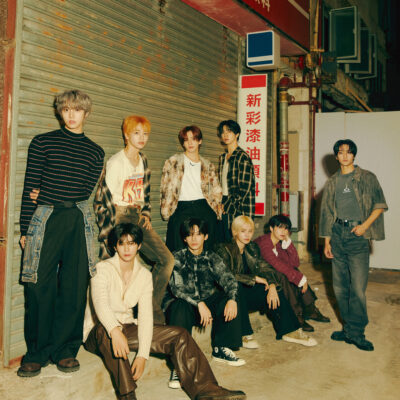Rating: 8.1
Halsey’s third studio album, Manic, is the stellar audio manifestation of a quarter-life crisis. At the fitting age of 25, Halsey drops the curtain on the apocalyptic, Shakespearean metaphors that defined her first two albums and turns in one of the most honest mainstream pop albums in recent memory.
Notably, her excellent single “Nightmare,” is not found on the track list. When the track list was first announced, this felt like an oversight. However, upon listening to the full project, this decision was certainly in the right. On Manic, Halsey trades in the rage found on “Nightmare” for something much more vulnerable, soft and effectively somber.
Manic sees the singer flip the cultural trope of the manic pixie dream girl on its head. Coined by film critics in the late 2000’s, the archetype is that of an ideal yet less than stable woman who only exists to help bring the men around them intellectually alive. On Manic, Halsey reclaims the title for herself by prioritizing her own story, effectively putting her mental and emotional health at the forefront.
Halsey‘s venture into the country genre on “You should be sad” – which sees her abandon one of the troubled men that MPDGs all so frequently are expected to fix – is an album highlight that effectively encompasses the album themes of regret, angst, revenge and melancholy. On the opening track, “Ashley,” she brilliantly assigns the album a thesis statement through a sample of Kate Winslet’s character in Eternal Sunshine of the Spotless Mind, saying “I’m just a fucked up girl who’s lookin’ for my own peace of mind. Don’t assign me yours.” The only collaborations come in the form of interludes with the likes of Suga from BTS, Alanis Morissette, and Dominic Fike, the latter of which being particularly memorable.
Manic is not only Halsey’s most honest album to date, but her most eclectic as well. While the production on her earlier albums was cohesive, at times it could feel a bit one-note. However, this could not be further from the truth for Manic. The album sees the singer embrace everything from her usual base of electro-pop to country, 90’s alt-rock, 00’s inspired pop-rock, and more ballads than at any other point in her career. “Clementine” is a particularly haunting ballad that tackles the subject of her bipolar disorder in a way that’s extremely specific yet accessible for her millions of fans. “3 AM”, on the other hand, is a pop-rock gem that would have fit in on top-40 radio in 2004.
Halsey has been especially vocal in calling out misleading, clickbait headlines on her life, most recently taking aim at publications claiming ‘Manic’ would be an “angry” album reflective of her standalone single, “Nightmare”:
Me: I thought I was gonna make an angry album but I didn’t. 🙂
Media: HALSEY makes ANGRY album !
Me: no it’s—
Media: ANGEY!!!!
— h (@halsey) September 19, 2019
Halsey addresses this general anxiety of being misunderstood on the closing track, “929”: “who do you call when it’s late at night, when the headlines just don’t paint the picture right.” On Manic, you get the sense that Halsey was out to prove something with its eclectic assortment of genres and influences. While Badlands and Hopeless Fountain Kingdom have moments that feel ripped from a branding 101 class, Manic avoids pinning down its star with tracks that are relatively risky for a pop star of Halsey‘s magnitude.
Perhaps the biggest feat of Manic is the sheer amount of growth Halsey has demonstrated as a songwriter. While in her earlier career, the lyrics to songs like “New Americana” received some of the same critical snobbery directed towards the MPDG, Halsey reclaims her own narrative on Manic with the sharpest, most confident songwriting and daring production of her career.





